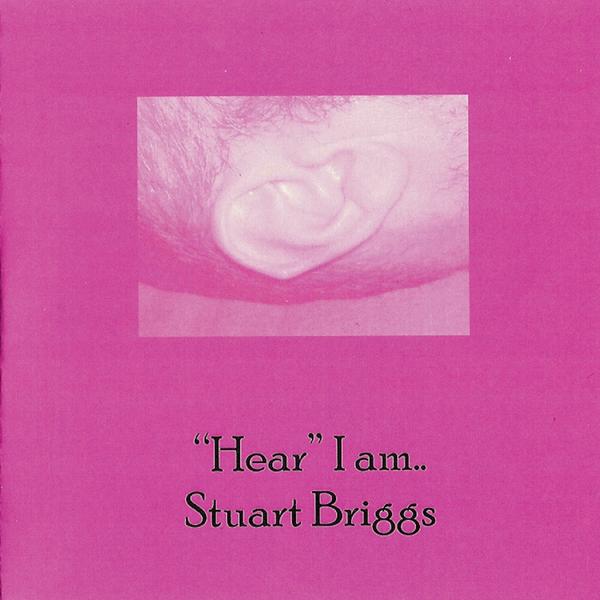What is an Individual Voluntary Arrangement IVA explained easy
What I will do here is break down and put in to very simple terms the real pros and cons of an Individual Voluntary Arrangement – IVA. Before applying and entering into bankruptcy, at some depth I did look into IVA and DMP schemes, and to be very honest they are not as straight forward as the insolvency companies seem to say they are, I would suspect these companies would like to get you signed up as soon as possible as it’s not a free service. After reading through this article you should be very clear of what an individual voluntary arrangement involves.
About an IVA
Legally binding and lasting 5 years the individual voluntary arrangement is an agreement between you and your creditors. You will be expected to pay what you can afford during this period. A licensed insolvency practitioner sets this up for those in financial difficulties with unsecured debt.
Based on what you can afford it will last for five years, the agreement is fixed but payments are not and can fluctuate depending on your circumstances. Any outstanding debt is legally written off once the final payment is made, more than 70% in cases.
You are monitored throughout the five years; you pay the agreed payments to the insolvency practitioner who will then ensure that these payments are distributed to all creditors. It is up to you to maintain your payments as failure will result in cancelling of the IVA and then possible bankruptcy.
Successful completion will leave you free of unsecured debt. If you do go ahead with an IVA you should also consider this; if you are a home owner and have an endowment policy linked to your mortgage you would be expected to cash it in and divide the proceeds to the creditors. Though your home should never be at risk, if equity is in your property it is likely that some (possibly all) of it will have to be released during the arrangement and divided to the creditors.
If you’re personal unsecured debts are above £15,000 to a minimum of three different creditors, and you could offer £170 per month then you should qualify. For the obvious above mentioned reasons they usually prefer home owners, but this is not always the case. Normally all unsecured debts can be included. Secured debt of mortgage and car HP, and other debt like rent arrears, CSA, and student loans will not be included.
Here are the pros and cons, for many folks entering an IVA, the cons can quite easily be over looked as having a direction to unsecured debt free in five years can be quite a relief so do play caution.
We will start with the pros;
Debt Free in 5 Years, remember its only unsecured debt, your endowment policy and home equity will more than likely be included toward paying the creditors.
Once agreed and accepted your creditors are no longer allowed to contact you demanding payments or take any form of further action.
An IVA will not affect your employment whereas for various careers bankruptcy will.
A single monthly payment, though do remember this payment can fluctuate.
They will say your credit rating will be repaired.
Interest is frozen.
And now the cons;
Lasting five years the IVA is four years longer then a bankruptcy of one year, unless the bankruptcy has a payment order, which lengthens the bankruptcy time to three years.
Though insolvency agencies can try playing this down, home equity and endowment policies have a significant chance they will both be used.
The £15,000 minimum unsecured debt and minimum monthly payment of £170 are the absolute bottom limit for application.
An IVA usually requires payback to creditors of about 20-50% of the debt whereas bankruptcy is zero.
If you don’t stick to the agreement you could be forced into bankruptcy.
Conclusion
If you feel an IVA is the correct direction for you then shop around, insist on exactly what the full fee is and which way the insolvency agency will take your payments, these can be spread over the five year term.
The chosen insolvency agency will need details of all your unsecured debts and income, they will work out a repayment package, get in touch with the creditors – the creditors can ask for the plan to be reviewed, once over 75% of creditors agree to the plan it becomes legally binding and then the court will be informed of the agreement. Do your research, you must also remember an IVA does not work for everyone and will not always avoid bankruptcy.

